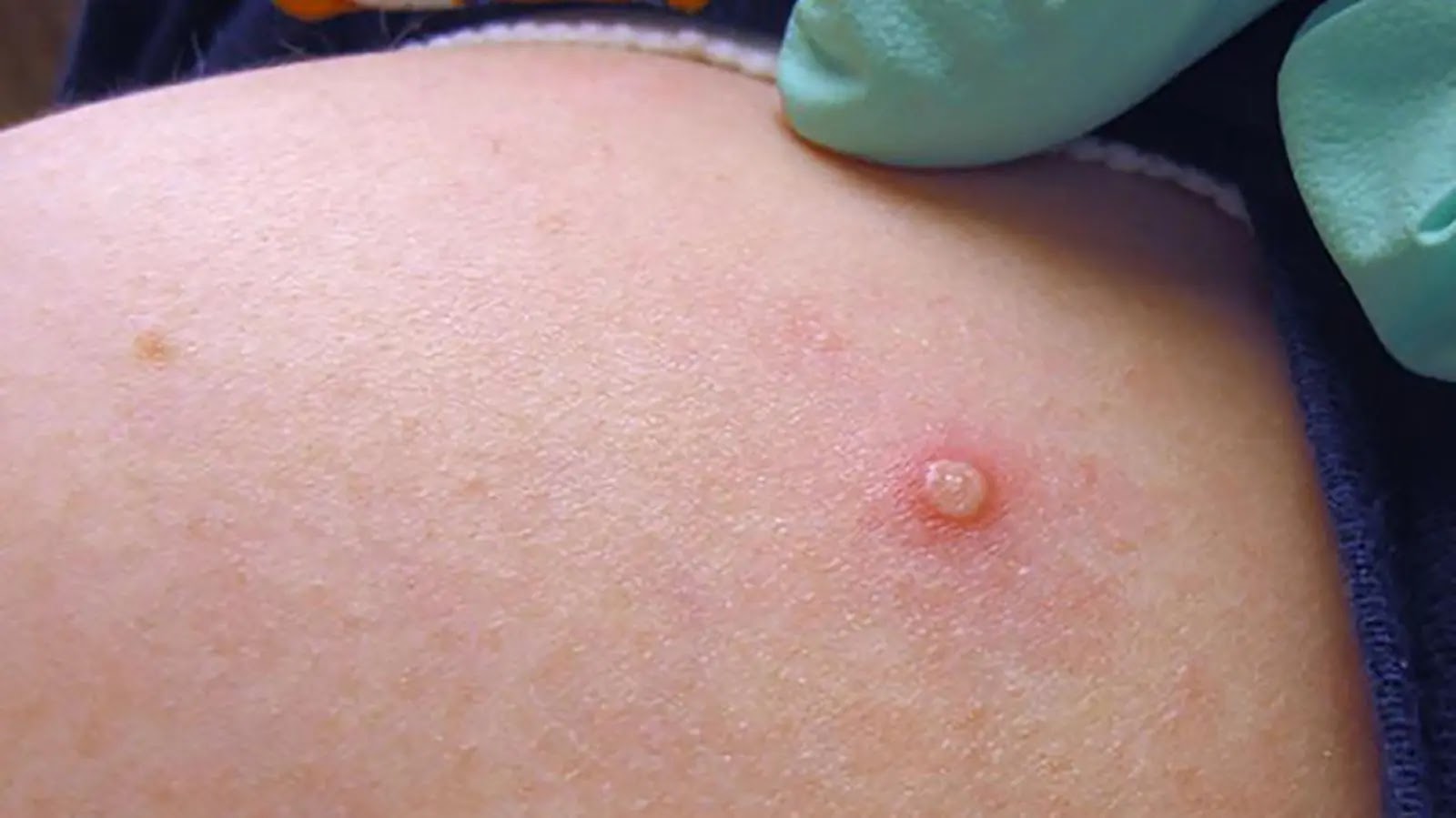All About Monkeypox Symptoms, Prevention And Treatment
All About Monkeypox Symptoms, Prevention And Treatment
Monkeypox is a disease caused by a virus. It's important to know about it to protect yourself and others. Monkeypox is a very rare disease which is similar to smallpox. It’s caused by the monkeypox virus, which is part of the same family of viruses as smallpox.
How Do People Get Monkeypox?
Often, people get monkeypox from animals like rodents or monkeys. It can also spread through contact with the body fluids or sores of an infected person. Touching contaminated bedding or clothing can also spread the virus.
Symptoms of Monkeypox:
Fever, headache, muscle aches, and swollen lymph nodes. After a few days, a rash appears, starting on the face and then spreading to other parts of the body. Other Symptoms like Chills, exhaustion, and sometimes respiratory symptoms like cough.
How is Monkeypox Diagnosed?
A doctor will ask about recent travel or contact with animals. Laboratory tests are needed to confirm the diagnosis, such as PCR tests or blood tests.
Fever, headache, muscle aches, and swollen lymph nodes. After a few days, a rash appears, starting on the face and then spreading to other parts of the body. Other Symptoms like Chills, exhaustion, and sometimes respiratory symptoms like cough.
How is Monkeypox Diagnosed?
A doctor will ask about recent travel or contact with animals. Laboratory tests are needed to confirm the diagnosis, such as PCR tests or blood tests.
Treatment and Prevention:
There’s no specific treatment for monkeypox, but symptoms can be managed with medications and supportive care. Stay away from animals that might carry the virus. Wash your hands frequently and avoid sharing personal things like foods, cloths etc. In some cases, the smallpox vaccine may offer protection.
If you have symptoms or think you’ve been exposed, contact a healthcare provider immediately. Avoid close contact with others until you get medical advice.
Recent surveys show an increase in monkeypox cases globally. The World Health Organization (WHO) and the Centers for Disease Control and Prevention (CDC) have reported a rise in infections, particularly in areas outside of traditional regions. Data indicates that monkeypox is affecting a broader demographic than before, with cases observed in both men and women and various age groups. Monkeypox has spread to new regions, including countries in Europe and North America, which were previously less affected. Most recent cases show symptoms similar to previous outbreaks, but some new patterns in the rash and its progression have been noted.
Health authorities are enhancing monitoring and response strategies to manage the spread. This includes increasing awareness and vaccination efforts in high-risk areas. The availability of vaccines and treatments has improved, but there are still challenges in distribution and access, especially in underserved regions.
Public health campaigns are needed to educate people about symptoms and prevention methods. Ongoing surveillance and data collection are crucial to understanding the disease dynamics and controlling outbreaks. Countries are encouraged to share information and resources to manage the global response effectively.
By understanding these basics, you can stay informed and take steps to protect yourself and others from monkeypox. Recent surveys and studies have provided updated information on monkeypox, highlighting its current status and trends.


















Post a Comment